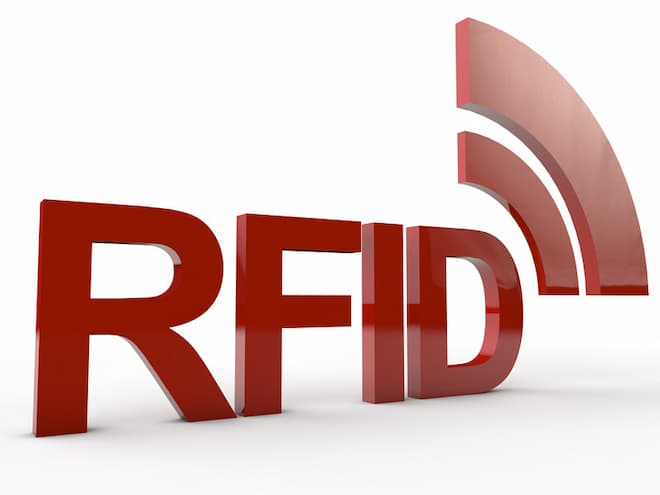
RFID Kiosk Reader Scanner for Access Control
In the 17th annual Global Powers of Retailing report, produced by Deloitte Touche Tohmatsu Limited in conjunction with STORES Media, RFID technology is mentioned as an existing technology with vast potential to improve the retail experience.
The report states, “We have long since expected RFID to replace price tags and shipping labels with a single permanent and invisible identifier.” Unit cost is the primary reason for the lack of adoption but the potential cost savings and added value should outweigh that initial output.
Some benefits (from the report):
- An RFID can act as a permanent security tag for the product.
- It can also be a web address for any product information; a virtual label, assembly instructions, reviews, repair, replacement, recycling, etc.
- RFID can enable an automated transaction without the cost of checkout
While the benefits of RFID (according to the DTTL report), also include cost savings and improved tracking as well as inventory leveraging, the added capabilities of RFID reach far beyond what RFID can add to the customer experience.
RFID Kiosks?
When looking at the benefits to customers, RFID can allow for quick website lookup and automated transactions without the need for a staffed checkout option. Kiosk software can be used to integrate and incorporate RFID technologies with customer-facing self-service kiosks, allowing customers to use RFID technology to look up products on a website, purchase items, and locate product add-ons/parts. The potential for RFID (and the RFID kiosk) is extensive and kiosks will certainly assist in maximizing the ROI on that initial investment.
RFID for Kiosk Access
RFID and smartphone-based mobile credentialing systems using Bluetooth® Low Energy (BLE) or Near-Field Communication (NFC) improve kiosk convenience and security by providing frictionless access for authorized users.
- An RFID reader is integrated with the kiosk user interface.
- Customers, employees or tenants use an RFID card (typically the same ID card they use within the same ecosystem, be it a campus environment, a manufacturing environment or a retailer) or smartphone to authenticate themselves when they approach the kiosk.
- The RFID reader sends information to a software system that unlocks the kiosk selection that the user is authorized to access. Any selections that the user is not authorized to access remain non-operational.
The Benefits of RFID for Kiosk Access
RFID provides a number of benefits for end-users, kiosk manufacturers and the organizations that deploy the kiosks.
- RFID builds on existing network security infrastructure, such as an employee ID, tenant access card or a smartphone.
- RFID provides simple, fast and convenient access to the kiosk selection for authorized consumers, employees or tenants—all they have to do is wave their ID card or smartphone in front of the reader.
- RFID technologies enable unique user identification, which is critical for most kiosk applications. With a unique user ID and a connection to back-end systems, the kiosk can track exactly who has accessed the kiosk, how often and at what times, and exactly what goods or services they accessed.
- Real-time inventory tracking and buyer preferences can be easily tracked, and this data can be used to increase the effectiveness of the supply chain or targeted marketing campaigns.
- This data can be sent to a centralized system for billing, inventory management and cost control. RFID technologies are also programmable to enable customized access levels, such as a temporary wristband that only works for the day it is issued or a locker that resets itself for a new user after a user has retrieved its contents.
- Cards and tokens can be instantly shut down if lost or stolen; the unique identifier on the old card or token is simply disabled, and the user is issued a new card with a new identifier that is connected to their existing accounts. This is an important security consideration. End users usually realize they have lost their card or token quickly, while it may not be immediately obvious if someone’s password or PIN has been compromised.
Resources
More Posts
- Elatec RFID Reader Kiosks Catalog(Opens in a new browser tab)
- New mobile specific touchless mobile interaction RFID Readers ELATEC(Opens in a new browser tab)
- Kiosk RFID News – Elatec U.S. Production Facility Ships First 100,000 RFID Units(Opens in a new browser tab)
- Kiosk RFID News – Elatec U.S. Production Facility Ships First 100,000 RFID Units(Opens in a new browser tab)
Note: Original article published in 2014. Updated November 2023





